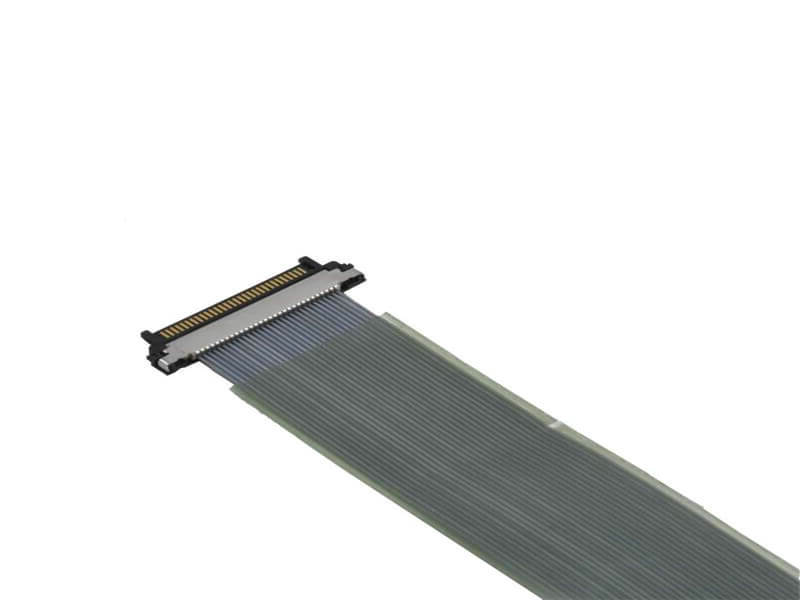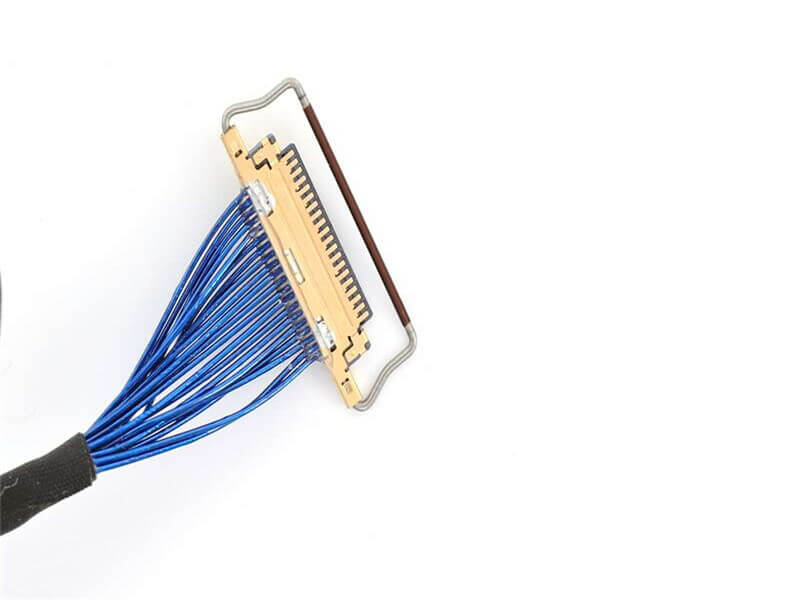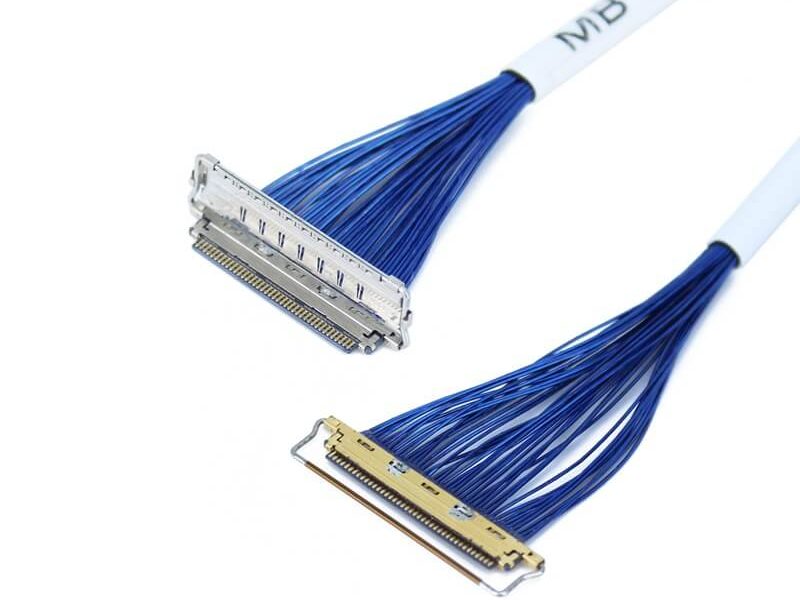Application of Micro-Coaxial Cables in the Medical Field
- Structural Advantages for Medical Use
The core architecture of micro-coaxial cables—comprising a central conductor, dielectric insulation, shielding layer, and protective jacket—is optimized for medical environments:
Miniaturization: With outer diameters as small as 0.3 mm, these cables fit into ultra-compact devices like intravascular catheters and endoscopic tools without compromising performance.
High-Frequency Stability: Materials such as PTFE insulation and silver-plated copper shielding ensure minimal signal loss at frequencies up to 40 GHz, crucial for high-resolution imaging.
Biocompatibility: Medical-grade outer jackets made of fluoropolymers or silicone resist bodily fluids and sterilization processes (e.g., autoclaving), ensuring safety and durability.
2. Key Applications in Medical Devices
2.1 Medical Imaging Systems
Micro-coaxial cables are vital in ultrasound probes and MRI coils, where they transmit high-frequency signals to generate real-time images. For example:
Intracardiac Echocardiography (ICE): Micro-coaxial cables embedded in catheters deliver precise acoustic signals to visualize heart structures, aiding in arrhythmia treatments.
Endoscopic Ultrasound (EUS): These cables enable high-definition imaging within gastrointestinal scopes, improving tumor detection accuracy.
2.2 Minimally Invasive Surgical Tools
In laparoscopic and robotic surgery, micro-coaxial cables serve as critical connectors for:
Surgical Endoscopes: Transmitting HD video and control signals from miniature cameras to external monitors.
Electrosurgical Instruments: Ensuring stable power delivery and signal integrity for devices like RF ablation probes.
2.3 Wearable and Implantable Devices
The rise of remote patient monitoring relies on micro-coaxial cables for:
Bio-Sensor Integration: Connecting micro-sensors in smart patches or implantable glucose monitors to external readout systems.
Neural Interfaces: Facilitating signal transmission in neurostimulation devices for Parkinson’s disease or epilepsy management.
3. Technical Challenges and Innovations
While micro-coaxial cables offer significant benefits, their medical applications face unique challenges:
Signal Integrity in Dynamic Environments: Repeated bending in surgical tools or wearable devices demands cables with high flex life (e.g., 50,000+ cycles).
Sterilization Compatibility: Materials must withstand gamma radiation, ethylene oxide gas, or high-temperature sterilization without degrading.
Cost-Effective Manufacturing: Precision manufacturing processes, such as laser welding of micro-connectors, drive up costs but are essential for reliability.
Emerging solutions include:
Nano-Coaxial Designs: Ultra-thin cables (<0.1 mm diameter) for next-gen neuroprosthetics.
Biodegradable Jackets: Eco-friendly materials for temporary implantable devices.
4. Market Growth and Future Trends
The medical micro-coaxial cable market is projected to grow from
1.35
2023
1.35billionin2023to1.77 billion by 2029 (CAGR 3.4%), driven by:
Telemedicine Expansion: Demand for portable diagnostic tools with high-speed data transfer.
AI-Driven Diagnostics: Integration with AI-powered imaging systems requiring ultra-low latency.
5G-Enabled Surgical Robotics: Real-time remote surgery supported by high-bandwidth micro-cables.
Leading manufacturers, such as TE Connectivity and Huber+Suhner, are developing ultra-low-profile connectors (e.g., UMCC series) to further miniaturize medical electronics.





